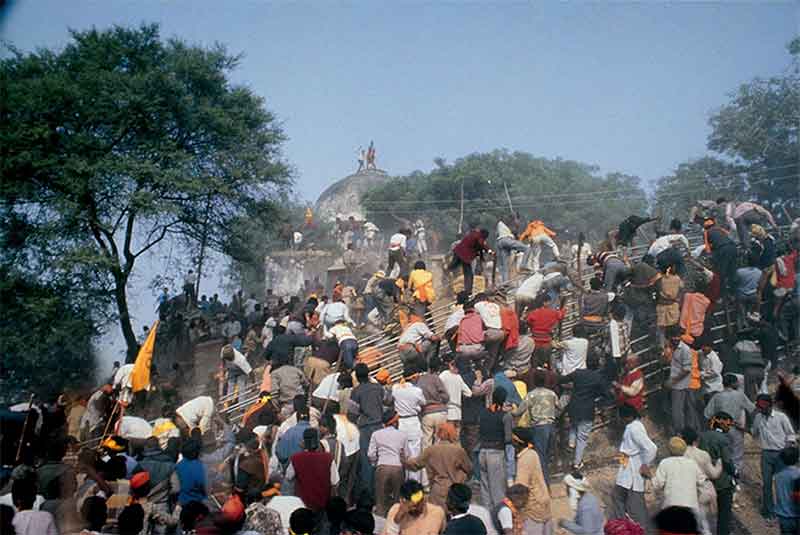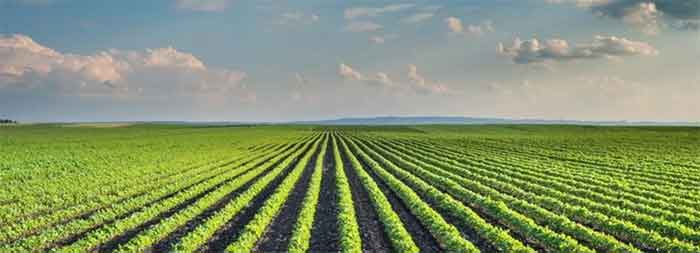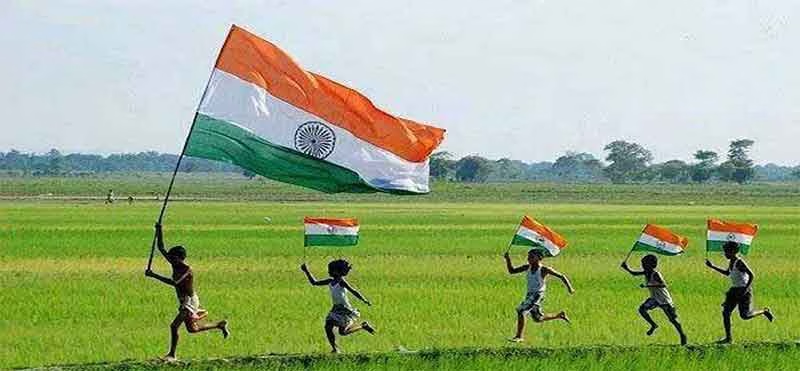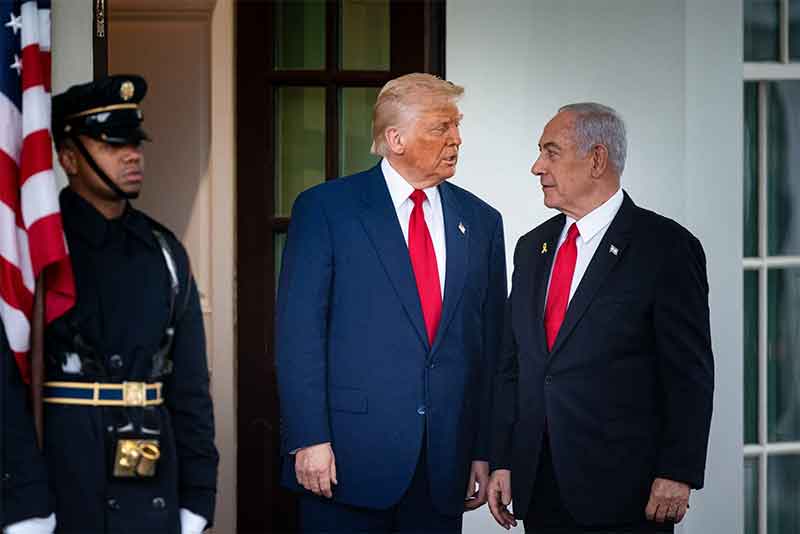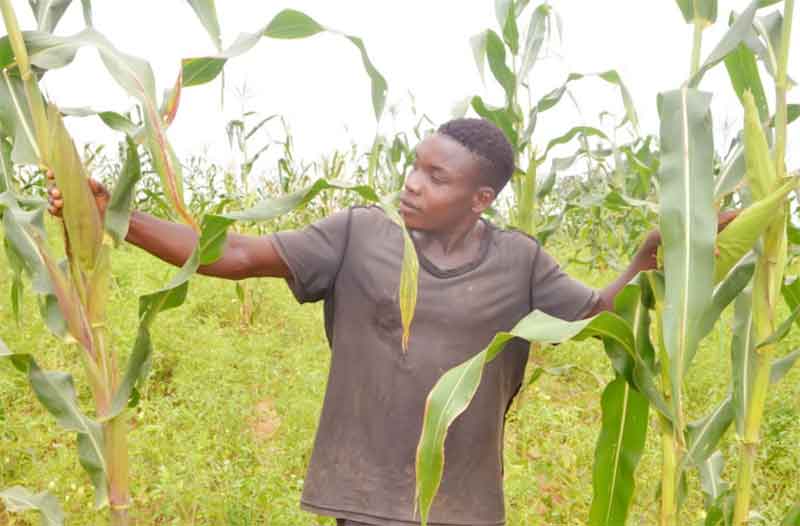Dr. Ruchika Sharma obtained her doctorate in History from Centre for Historical Studies, Jawaharlal Nehru University. Her thesis looks at urban space in medieval Mandu, Madhya Pradesh. Previously, she did her M. Phil. degree from Centre for Historical Studies, Jawaharlal Nehru University. Her dissertation examines architectural reuse in medieval Bijapur, Karnataka. She also obtained her Masters degree in medieval Indian history from Centre for Historical Studies, Jawaharlal Nehru University. Dr. Ruchika Sharma has a teaching experience of five years. She has taught at Indraprastha College for Women, University of Delhi as Assistant Professor of History, where she was not only responsible for teaching the assigned courses but also to grade both internal assignments and external examinations. She was also guest faculty at St. Stephens and Hindu College of the University of Delhi. She briefly worked as a Teaching Fellow at Ashoka University. Her interest in public history has led her to contribute to many English dailies such as Scroll, Quint, TheWire, Newslaundry, Mint, DailyO and FirstPost Print. She also runs a Youtube Channel on history, Eyeshadow & Etihaas which is largely aimed at busting popular myths of Indian history as well as making academic history available to the public at large. The channel currently has over 13,000 subscribers, mostly in the 18-45 age group. She also does a regular video series on history for another Youtube Channel, the Credible History. The series is titled History Clinic as is dedicated to weeding out the long held myths of Indian history. Previously she also did another series for journalist Barkha Dutt’s channel, MojoStory. The series is called Beete Din. Dr. Ruchika Sharma has also written on Dalit activist Savitribai Phule and Mughal queen Nur Jahan as book chapters for the book Equal Halves published by Juggernaut Books. She was recently peer reviewed for her paper on the Dar-us-Shifa at Mandu. She is fluent in English, Hindi, Punjabi, Persian and Urdu.
In an interview with Abhish K. Bose, Dr Ruchika Sharma discusses a range of issues pertaining the historical evidences in connection with the Ram temple at Ayodhya.
Excerpts from the interview
Abhish K. Bose : Surveying the profession of historians of India, both in India and abroad (the latter being a growing number of late), can you comment on the challenges and constraints in addressing majority communalism adequately? The extent to which historians after independence claimed to be both secular, and simultaneously confident that Hindu majoritarianism had been curbed is notable, for example, as is the reluctance to admit that communalism had a history even before the British practiced their divide and rule tactics. Do you agree?
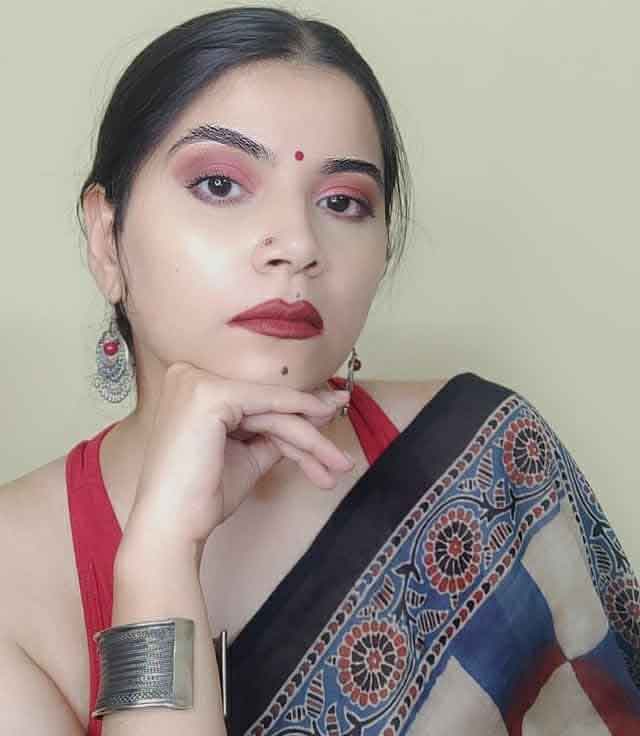
Dr Ruchika Sharma : There are many challenges. First of course is this lack of academic history in the public sphere that has allowed many non-historians to make false claims about our history that have no sources. These claims are causing a deep polarization in the Indian society which is dangerous to say the least. What is worrisome is the way in which such contestations sometimes occur in India, for example the idea that I will show my history to be great by bringing down the history of another community. But even more worrisome is the disinformation that often accompanysuch contestations. Disinformation in Indian history again stems from not having a historical methodologies course in school, which could help students understand how history is done, what are sources, how they are analysed. Then of course is the brutal trolling, which can me quite challenging to face for anyone who wishes to spread academic history and bust the myths of history the majority community supports.
True, there was communalism even in pre modern India but not the kind of communalism that started under the British. Colonial historiography divided all of India’s history into the binaries of Hindu and Muslim and therefore made it seem like all of Indian history has been just the clash of these two religions. This is of course ahistorical, there has been plenty of Jaina v/s Virashaiva, Shaiva v/s Vaishanava clashes in Indian history too. But with the coming of the British,this ahistorical notion spread that all of Indian history had only Hindus and Muslims fighting. This belies examples such as the Rajputs fighting against Maharana Pratap for Mughal emperor Akbar or the Rajputs fighting for Jahangir against the decani general Malik Ambar. So this kind of Hindu-Muslim communalism where the majority Hindu community constantly feels victimised is a colonial construct and is still stuck!
Abhish K. Bose : With Hindutva borrowing much of the anticolonial rhetoric, and exploiting nationalist historians’ selective treatment of the precolonial past, these omissions seem to have come to roost today – kindly qualify this view from your perspective?
Dr Ruchika Sharma : I would actually argue Hindutva has a really pro colonial rhetoric, the idea of dividing everything into religious binaries of Hindu and Muslim was first done by the British when they started writing our history, architecture was Hindu Muslim, texts were Hindu Muslim, kings were Hindu Muslim. This was a deeply superficial way of looking at history, because it erases all complexities of Indian history and makes it look as if religion was the only governing factor of Indian history which was obviously not the case. Saffronisation of history takes this even further, and wants to explore the glorious Hindu history of India. The project is therefore deeply colonial, because it again continues to divide everything into Hindu and non-Hindu (which for them is Muslim). So everything in Indian history which was not Hindu was villainous and harmful and everything that is Hindu was great and glorious. It is a disturbingly simplistic reading of Indian history. Plurality and acculturation have been a hallmark of Indian history, anything that ignores/erases that is effectively falsifying Indian history and is continuing the colonial project of reducing Indian history to mere binaries.
Abhish K. Bose : How do you respond to the claims that there were the structural remains of a temple at the place of the Mosque. In your studies have you noticed any kind of structural evidences such as any metal or any other objects? Please explain?
Dr Ruchika Sharma : According to Prof Supriya Varma and Prof Jaya Menon, what was found underneath the Babri Mosque was a qibla wall of a mosque. Prof Varma and Menon were part of the court ordered 2003 excavation as observers and they flagged many problems with the ASI excavation such as the excavators deliberately creating pillars. Furthermore, the ASI was also unable to prove that any temple was destroyed to build the mosque, this is written in the Supreme Court judgment pages 906-907. There is also no textual evidence of any structure that was destroyed to build Babri mosque, plus it is the mosque was also not built by Babur. The Baburnama, that is the memoirs of Babur, mentions nothing of this sort. In fact it doesn’t even mention Babur ever going to Ayodhya.
Abhish K. Bose : There is an allegation against the left historians and intellectuals that they have misguided the Muslim community at the time of the Babri Masjid dispute resolution by aggravating the dispute, whereas they were not able to provide concrete evidences to substantiate that there was no temple at the place of the Babri Masjid and also not able to refute the documents including the revenue records, Gazettes and other sources of evidences provided by the VHP. Do you have any documentary evidences to refute these allegations
Dr Ruchika Sharma : The biggest documentary evidence is the report published by Prof Varma and Menon, mentioned above and the Supreme Court judgment which clearly states that the land is being allotted to the Hindus on the basis of faith, since no destruction could be proven. The ASI excavation itself was flagged by Prof Varma and Prof Menon, 14 complaints were lodged the most serious one being that the ASI was “creating” pillars. Furthermore, as stated in the answer above there is no textual evidence that mentions any destruction of any kind. In fact, the earlier excavations at Ayodhya, that of Alexander Cunningham in 1876 yielded nothing, only Buddhist stupas and no ancient or medieval temple or temple remains.
Abhish K. Bose : Is there any archaeological evidences to support the popular claim that Ayodhya is the birth place of Sri Rama. As a historian who conducted detailed studies of the documents of the Babri Masjid Mosque do you agree with that point of view?
Dr Ruchika Sharma : In the Dashratha Jataka, Varanasi is considered to be the capital and the birthplace of Ram. Furthermore Ayodhya as Ramjanmabhoomi starts gaining currency when Abul Fazl is writing his Akbarnama and Tulsidas his Ramacharitamanas, which is in the 16th century. Archaeologist BB Lal’s excavation of Ayodhya doesn’t yield any evidence of descriptions found in Ramayana, the oldest layer of excavation is only 8th century BCE.
Abhish K. Bose : Is their any historical or archaeological evidences to confirm that the present Ayodhya is the Ayodhya mentioned in Ramayana ? If so what are the direct evidences?
Dr Ruchika Sharma : If archaeologist BB Lal’s excavation reports from 1976-77 and 1979-1980 are to be considered then the description of Ayodhya found in Ramayana are not found in its excavations. Hence it is tough to say if the two are the same.
Abhish K. Bose : While studying the original documents related to Babri Masjid and Ayodhya what are your inferences regarding the narrative that Muslim rulers of the medieval period destroyed and plundered temples ? Please explain?
Dr Ruchika Sharma : Babri masjid was never built by destroying any temple, that must even the Supreme Court agree on. As for the Muslim rulers destroyed temples rhetoric, historian Richard Eaton has done a study which informs us that only 80 temples were destroyed between 1192-1760 AD which is generally regarded as the period of the “Muslim rulers”. Furthermore, many rulers destroyed temples even before the Turks came in. Take the example of King Harsha of Kashmir, 11th century ruler who according to Kalhana’s Rajatarangini destroyed many temples and even appointed a man, Udayaraja as “devotpatanayaka”, officer incharge of breaking idols. Rajatarangini even informs us how the idols were soiled and desecrated before breaking them. The Cholas in 10th-11th century broke the Jain temples built by the ruler Permadi Ganga. Kshemagupta, 10th century king of Kashmir, wreaked wanton destruction on a Buddhist monastery, Jayendraviahara, and then reused parts of it to make a Shiva temple, Ksemagaurisvara. So temple destruction predates the coming of the Islamic rulers
Abhish K. Bose : Moves are ongoing to eliminate the medieval period from the academic curriculum of the country. What will be the long term consequences of this in the academia as well as the stimulating reasons behind this move?
Dr Ruchika Sharma : Many things that we consume, wear etc have origins in medieval history of India, for example clothes like kurta, pajama, lehenga choli, recipes based on onion gravy, monuments that we see around us the Taj Mahal, the Golconda fort, languages such as Hindi, Urdu etc all have origins in India’s medieval history. Removing medieval Indian history from curriculum would leave a massive void of 800-900 years in Indian history and we will not be able to understand so much of our culture that is an indelible part of our lives today. History is anyway a continuum and it is important to understand every part of it to understand the preceding and succeeding parts of an event. So taking away any part of history will render other parts of it incomprehensible. Mughal history in fact is so important to know because it continues to impact the politics in India today.
Abhish K Bose: A journalist with fifteen of years of experience Abhish K Bose was a staffer at The Times of India and The Deccan Chronicle – Asian Age. As a contributor, his interviews and articles have been published in Frontline magazine, The Wire, The Print, The Telegraph, The Federal, The News Minute, Scroll, The Kochi Post, Countercurrents.org, Andolana, Madhyamam Weekly, and the Asian Lite international published out of Manchester.




